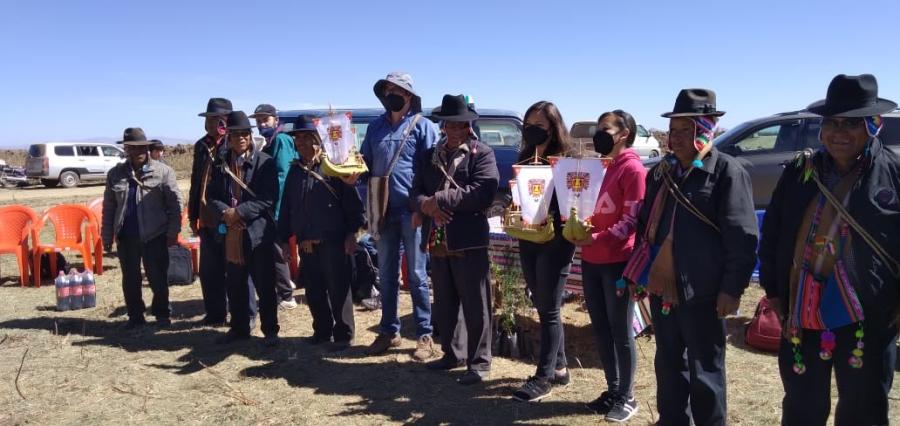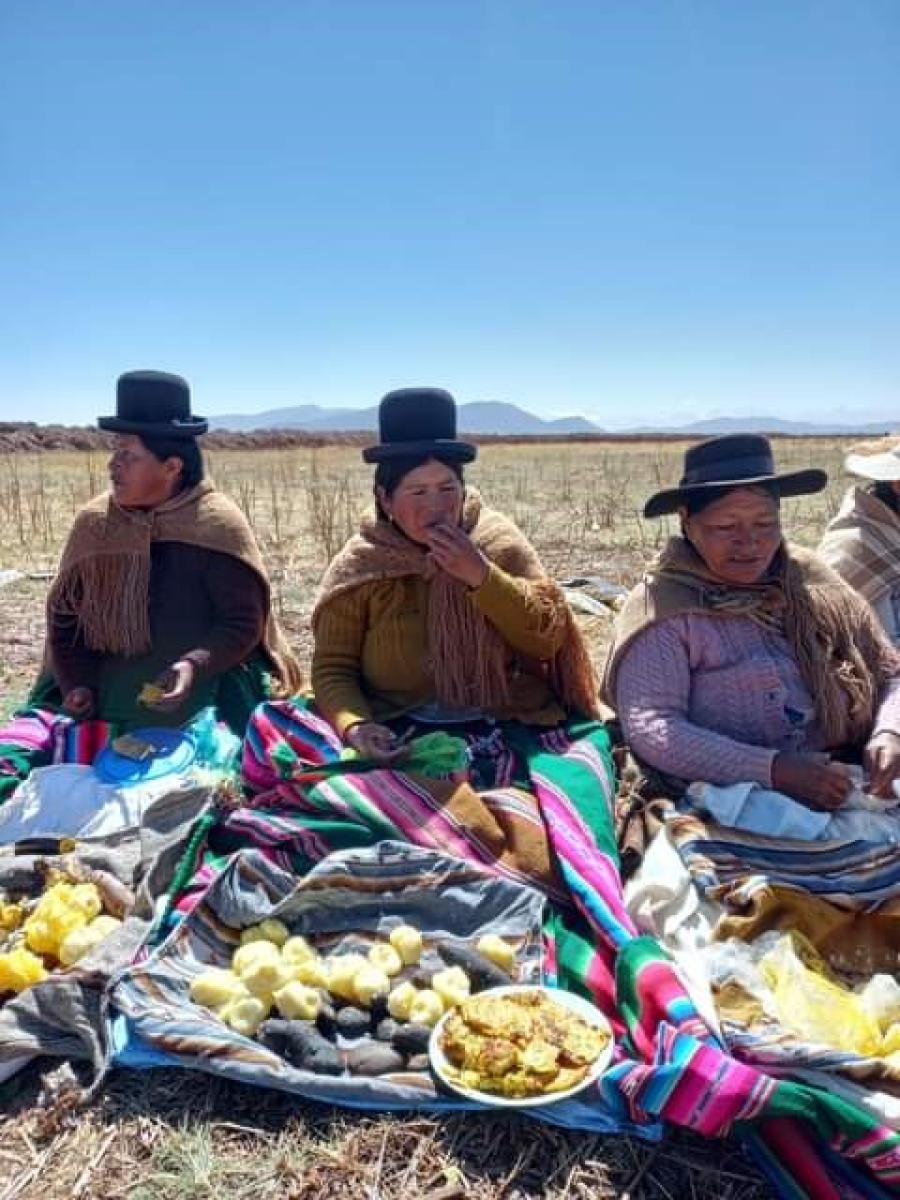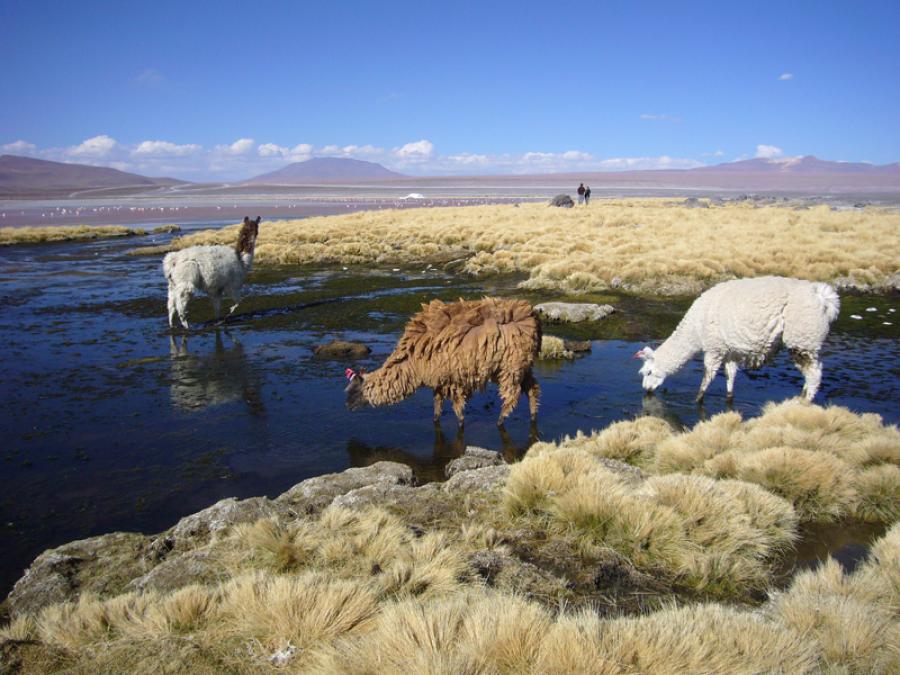Largely as a result of their own advocacy at the international level, indigenous peoples are now distinct subjects of concern within the United Nations, the Organization of American States, and other international institutions. Through their efforts over the last three decades especially, indigenous peoples have been able to generate substantial international sympathy for their demands. These developments are shaping a growing body of international human rights law that is focused on indigenous peoples and that lends support to their demands, despite continuing resistance to the indigenous agenda at the international level.
The current trend toward recognizing indigenous rights in international agreements can be traced to the International Labor Organization’s Convention 169 on Indigenous and Tribal Peoples. The convention is the latest in a long series of indigenous-rights treaties adopted by the ILO, which predates the United Nations and first addressed the issue in the 1920s. The basic theme of Convention 169 is indicated by its preamble, which recognizes “the aspirations of [indigenous] peoples to exercise control over their own institutions, ways of life, and economic development and to maintain and develop their identities, languages, and religions within the framework of the states in which they live.” The convention includes provisions advancing cultural integrity, land and resource rights, and nondiscrimination in social welfare spheres; and it generally requires states to respect indigenous peoples’ aspirations in all decisions affecting them.
Since the ILO adopted the convention in 1989, indigenous peoples’ organizations, particularly those from Central and South America, increasingly have expressed support for its ratification. In certain countries that have ratified the convention—particularly Bolivia, Mexico, Colombia, Costa Rica, and Norway—indigenous groups already have invoked the convention in domestic and ILO proceedings with some success.
With the model provided by Convention 169, many other international bodies, most prominently the United Nations and Organization of American States, have begun establishing declarations and agreements on indigenous rights. A draft of a United Nations Declaration on the Rights of Indigenous Peoples was produced and adopted in 1993, and is now before the U.N. Commission on Human Rights (see page 5). Over the past several years there have been numerous other international developments, including resolutions adopted at major U.N. conferences like the 1992 United Nations Conference on Environment and Development (the Rio Summit) and the second Conference on Human Settlement (Habitat II), that reflect responsiveness to indigenous peoples’ demands and rights. In addition to the U.N. resolutions, the O.A.S. Inter-American Commission on Human Rights has adopted a Proposed American Declaration on the Rights of Indigenous Peoples that is now being considered by a working group of the Committee on Juridical and Political Affairs of the O.A.S. Permanent Council. Despite continuing contentiousness between indigenous peoples and states over the language of the declarations and certain of the more far-reaching provisions, comments by participating states demonstrate movement toward a consensus that even more closely accords with indigenous peoples’ demands.
The rights of indigenous peoples also can be seen as part of more general international laws and treaties. Article 1 of the widely ratified International Covenant on Civil and Political Rights affirms that “All peoples have the right of self-determination.” The U.N. Human Rights Committee, which is charged with monitoring compliance with the covenant, considers indigenous land and resource rights to be implicit in the right of self-determination, and has applied that standard in rejecting the United States’ most recent report under the convenant, which would permit Congress to extinguish inherent aboriginal rights.
In pronouncing on the rights of indigenous peoples, The Human Rights Committee has most frequently relied on Article 27 of the covenant, which states, “In those states in which ethnic, religious, or linguistic minorities exist, persons belonging to such minorities shall not be denied the right, in community with the other members of their group, to enjoy their own culture, to profess and practice their own religion, or to use their own language.” In its general comment on Article 27, the committee said that this provision covered all aspects of an indigenous group’s survival as a distinct culture, including economic or political institutions, land-use patterns, and language and religious practices. They also said that states were obligated to establish affirmative programs to protect indigenous peoples’ rights.
For example, in Ominayak, Chief of the Lubicon Lake Band of Cree v. Canada, the Human Rights Committee determined that Canada had violated Article 27 by allowing the provincial government of Alberta to grant leases for oil and gas exploration and timber development within the ancestral territory of the Lubicon Lake Band. The committee has also found that indigenous religious and cultural traditions are protected by articles 17 and 23 of the covenant, which affirm the rights to privacy and to the integrity of the family. In a case involving people indigenous to Tahiti, the committee determined that these articles had been violated by France when its territorial authority allowed the construction of a hotel complex on indigenous ancestral burial grounds.
The O.A.S. Inter-American Commission on Human Rights has similarly invoked provisions of the covenant in examining the human rights situations of indigenous groups. The commission’s primary references are the American Convention on Human Rights and the American Declaration on the Rights and Duties of Man, which also lay out indigenous rights and state obligations toward them. For example, Article 4 of the American Convention broadly affirms the right to life, and the commission has interpreted this to include the natural environments of “indigenous peoples [that] maintain special ties with their traditional lands, and a close dependence upon the natural resources provided therein.” Indigenous peoples’ rights to land and natural resources are even more directly supported in Article 21 of the convention and in Article 23 of the American Declaration. In 2001 the Inter-American Court of Human Rights, the O.A.S. judicial body that has the power to issue legally binding decisions against states, ruled in the case of Awas Tingni Mayagna (Sumo) Indigenous Community v. Nicaragua that Nicaragua violated the right to property by not taking sufficient measures to guarantee the traditional land and resource tenure of the Mayagna indigenous community of Awas Tingni, and by granting a concession for logging on the community’s traditional lands. Following that ruling, in its decisions in the Maya Communities (Belize) and Mary and Carrie Dann (United States), the Inter-American Commission on Human Rights affirmed that the American Declaration on the Rights and Duties of Man also protects indigenous peoples’ property arising from their traditional land tenure systems. Furthermore, in the case of Yakye Axa Indigenous Community v. Paraguay the Inter-American Court affirmed that states are required to provide legal remedies that offer indigenous peoples “a real possibility of the return of lands” of which they have been historically dispossessed.
Another important international treaty is the International Convention on the Elimination of All Forms of Racial Discrimination. Like the two other human-rights treaties just mentioned, the Convention Against Discrimination nowhere specifically mentions indigenous groups or individuals. Yet it also has been held to have particular implications in favor of indigenous peoples. The Committee on the Elimination of Racial Discrimination (CERD), which promotes implementation of this treaty, has called upon state parties to take special measures to protect indigenous cultural patterns and traditional land tenure and has repeatedly called on states to provide legal recognition of indigenous land rights.
With respect to the United States’ obligations under the convention, CERD has expressed specific concern about the Congress unilaterally abrogating treaties signed between the government and Indian tribes. Also, the committee recommends that decisions regarding aboriginal land rights must include effective participation by indigenous communities and that if aboriginal land is taken, indigenous people should be fairly compensated. Finally, the committee said that the United States should repudiate its guardianship doctrine as being inconsistent with contemporary legal developments in indigenous peoples’ rights and not in line with the United States support for “internal indigenous self-determination.”
Recently, in response to a request by the Western Shoshone people, CERD called upon the United States to address its doctrine of extinguishing Indian property rights, the remedies available for Indians, the abrogation of Indian treaties, and the United States’ compliance with the right of indigenous peoples to participate in state decisions affecting them, including those affecting their traditional lands.
All of the international developments and interpretations of international agreements described here prompt legal reforms, but they also are reinforced by these reforms, which lead to an increasingly well-defined and consistent pattern of legal practice that favors the survival of indigenouscommunities and cultures. These legal practices are by no means universal, and even where reforms have been enacted, there are serious issues regarding their adequate implementation, but as consensus develops on the content of indigenous peoples’ rights, so too do expectations that the rights will be upheld.



